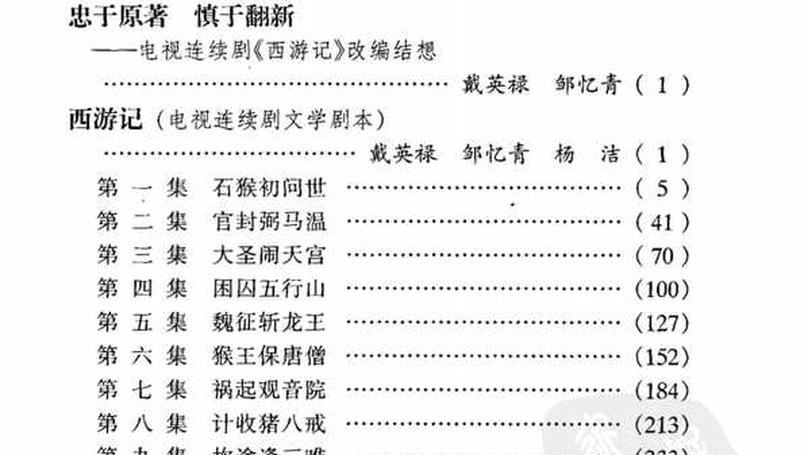Topics

The emergence of on-demand nursing services in China represents a significant shift in healthcare delivery, mirroring the convenience of food delivery apps but in the medical sphere. This trend has gained particular momentum since 2018, when China’s National Health Commission began promoting “Internet + Healthcare” services.

A recent incident at a breakfast shop in Harbin, China has sparked widespread discussion about dining etiquette and customer behavior. The situation involved three young women who purchased minimal items totaling 6.

The recent decline of SAIC Group, a titan in China’s automotive industry, represents a profound transformation in the country’s auto sector. With sales plummeting 20% to 4.013 million units in 2024, SAIC’s loss of market leadership to BYD marks the end of an era dominated by traditional joint-venture manufacturers.

The Chinese education landscape is experiencing a profound transformation as traditional notions of teaching as a secure career path are being challenged. This shift reflects broader changes in China’s social and economic environment.

The ability to think quickly under pressure has played a crucial role throughout Chinese history, often determining the fate of individuals and even empires. This examination reveals how quick wit manifested in several remarkable historical incidents.

The Chinese automotive market witnessed a transformative year in 2024, with several key manufacturers posting remarkable performance figures. This analysis explores the shifting landscape and emerging trends in the world’s largest automotive market.

The Eastern Theater Command’s release of “Chinese People” on the first day of 2025 represents a carefully orchestrated demonstration of both military capability and cultural messaging. The timing and format of this release warrant careful analysis across multiple dimensions.

The relationship between Gold Horn, Silver Horn, and the nine-tailed fox spirit in Journey to the West presents a fascinating case study in Chinese mythological family dynamics. At first glance, it seems peculiar that these two powerful beings, described as attendants of the Jade Emperor himself, would recognize a seemingly ordinary fox spirit as their mother.